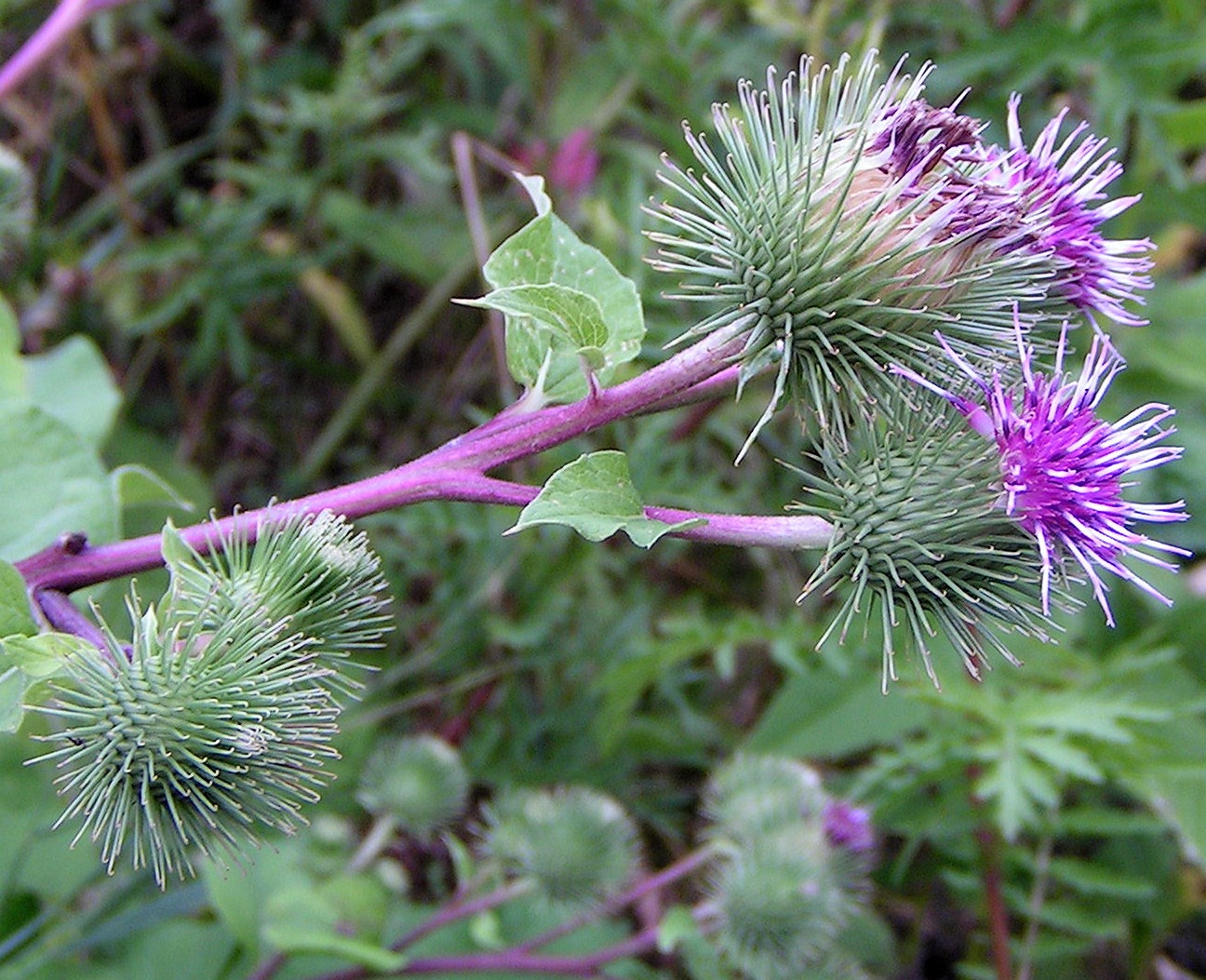
 October 20, 2011,
October 20, 2011,
Lawrence, KS – When you take your four-wheel drive out for a spin this fall,
you might be bringing home more than memories. Researchers at Montana State
University have found that vehicles are routinely transporting invasive weed
seeds.
October 20, 2011,
Lawrence, KS – When you take your four-wheel drive out for a spin this fall,
you might be bringing home more than memories. Researchers at Montana State
University have found that vehicles are routinely transporting invasive weed
seeds.
Seeds can stow away
on tires, bumpers, wheel wells or the underside of a vehicle and sometimes
travel great distances before falling off in a new locale. As weed seeds
sprout and grow, they can crowd out native plants, disrupt native ecosystems
and wildlife habitats and reduce crop yields when they spread to nearby fields.
 |
|
“Take a look at the
many types of weeds growing along most any roadside and you’ll get a big clue
about the role vehicles play,” says Dr. Lisa Rew, a member of the Weed Science
Society of America and an assistant professor at Montana State University.
“With an estimated four million miles of roads crisscrossing the U.S. and
an estimated 256 million registered vehicles, even a few weed seeds per car can
make a significant impact on the spread of weeds.”
Montana State
researchers measured the number of seeds picked up by a variety of vehicles and
the distance traveled before the seeds fell off. Among their key
findings:
Seed volume is
seasonal. The study showed thousands more seeds per mile were transported
by vehicles during the fall than in the spring.
Moisture matters.
Wet conditions make it easier for seeds to be picked up by a vehicle – and
easier for them to drop off miles down the road. Tests conducted at military
installations showed Humvees picked up 14 times more seeds when conditions were
wet, while tanks picked up 26 times more.
Distance is no
barrier. The distances seeds can travel may be surprising. When researchers
examined vehicles over several distance intervals, they found even at the
160-mile mark many seeds stayed attached. “If seeds are lodged in mud that
dries on the vehicle, they can travel almost indefinitely, or at least until it
rains again and the road surface is wet,” Rew says. Scientists consider
that bad news. When vehicles transport seeds long distances, it increases the
likelihood weeds will be spread into areas where they don’t yet occur.
Off-road travel
increases the risk. Outdoor sports enthusiasts trucking to remote trailheads or
riding ATVs off the beaten path are at special risk for spreading weeds.
Researchers found vehicles picked up almost 20 times more seeds off-trail than
on-trail.
To prevent the
spread of weeds, researchers recommend that you wash your vehicle frequently, especially
after driving off-road or off-trail or along roads bordered by high densities
of weeds. Both the U.S. Department of Defense and the U.S. Forest Service
routinely use that technique to reduce the risk of transporting invasive
species.
Montana State
researchers evaluated the ideal duration and number of washes needed to remove
weed seeds. Vehicles washed once for six minutes or two to three times for
three minutes each were judged to be the most seed-free. Five portable
commercial wash units were tested, and each performed similarly, regardless of
the water pressure or the amount of water used. Four of the units had
undercarriage washers as well as pressure hoses, which made removal of dirt
from the underside much easier.
As an added measure
of protection, land managers in areas where high-risk invasive species are
growing are advised to close the area to traffic when the ground is wet. Doing
so will dramatically reduce the risk of transporting weed seeds to new sites
and also reduce future weed management costs.
“Understanding how
vehicles spread weeds and the steps we can take to intervene can help us reduce
weed seed dispersal and reduce the likelihood of devastating new invasions that
can be costly to eradicate,” Rew said.
For more information on
the Montana State University studies, visit http://weedeco.msu.montana.edu.
Print this page